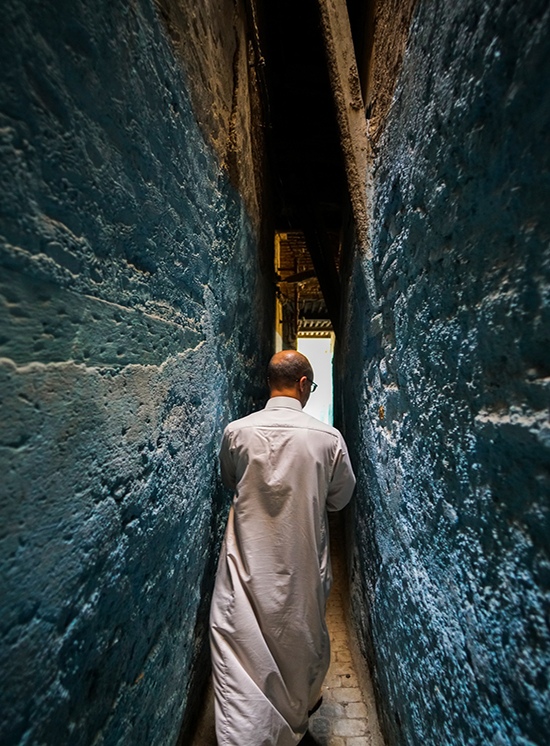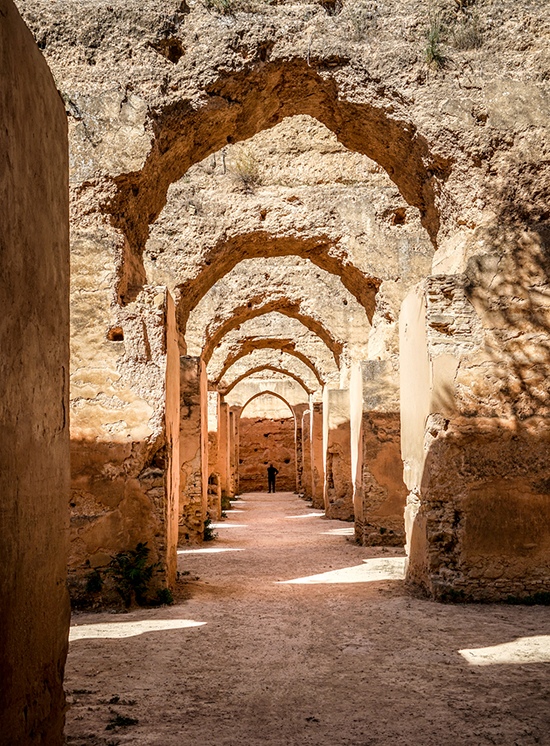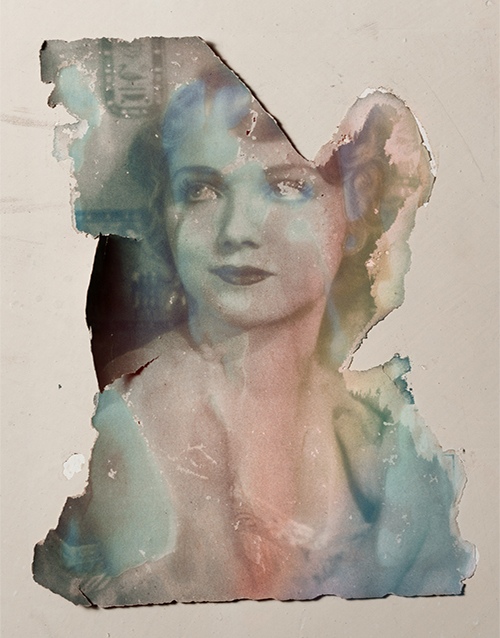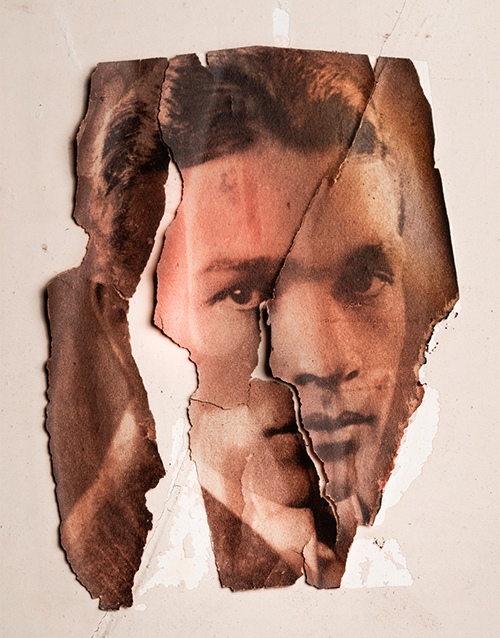
The Sacred and Forgotten Through Tom Schifanella’s Storytelling Lens
Tom Schifanella, a former advertising executive, uses his camera to tell the timeless, enchanting stories he sees both around him and far away. His training in advertising has helped him to focus on brief moments to fluently convey his ideas and feelings. His images are artistic and alluring, inviting people to journey with him to experience a bigger, forgotten world. For example, his “Sacred Waters” series takes us to the precious waters of Florida long revered by the Native American Indians from ancient times. Tom has also traveled to many countries; through his camera lens people experience different cultures and lifestyles. Introspectively, his self-portrait series, titled “Body & Soul”, explores his engagement with the world.
We are delighted to speak with Tom, a prolific poet, and photographer. In the following interview, let his lyrics and images take you on his soul-searching journeys.
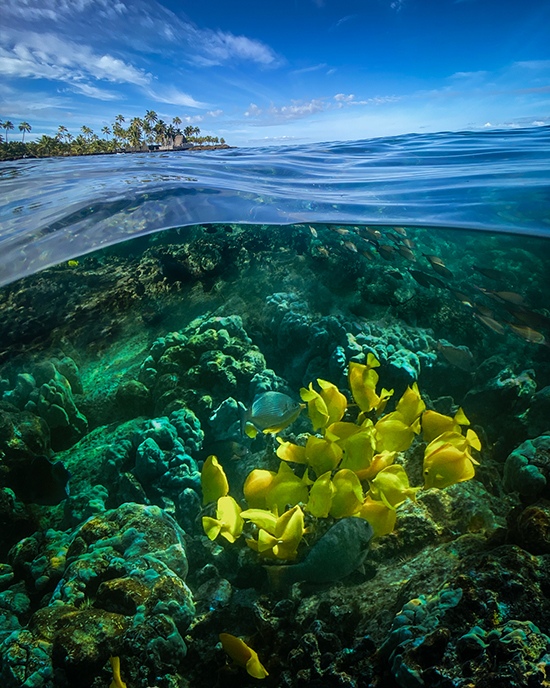
Q: How does your experience in advertising influence your photography style?
A: Advertising and photography share many things in common. First, both mediums use storytelling to engage the viewer. If you can tell a compelling story in an ad, you create interest in the product or service. Photography is also about storytelling but on a purely visual level. André Kertész was a master at this with his famous photo essays capturing the poetry of modern urban life. Second, the foundation of a good ad always begins with an idea, often in the form of a thumbnail sketch. I use this same technique when approaching a photo assignment or shoot. I often have an idea for an image that I record in my sketchbook. By preserving it, that idea can develop and change over time, sometimes becoming more powerful as it evolves. The same technique can be used with words as well. I recently completed a series of landscape images that were based on haiku poems that I composed. The poems began as thoughts on observing nature first written down in the sketchbook.

Q: One of your goals is to create “images that document the world around us”. Please tell us about this goal and how you achieve it?
A: The world around us is constantly changing, marked by the briefest moments in time. I believe that only photography has the ability to capture the inner life and true nature of these moments, recording them for posterity and often elevating them to art.
Q: You have captured many amazing photos of Floridian water scenes. Please tell us more about this water. Why is it “sacred”?
A: During the Covid-19 shutdown of 2020, my wife and I realized that we had a unique opportunity to explore Florida, so we planned a month-long paddling adventure to some of the most remote and wildest waterways in our state. From that journey, a photography book was born called Sacred Waters. The title was inspired by our Native American ancestors who lived in harmony with nature and the land. They considered waterways to be sacred and key to the circle of life, allowing their culture to thrive and flourish.
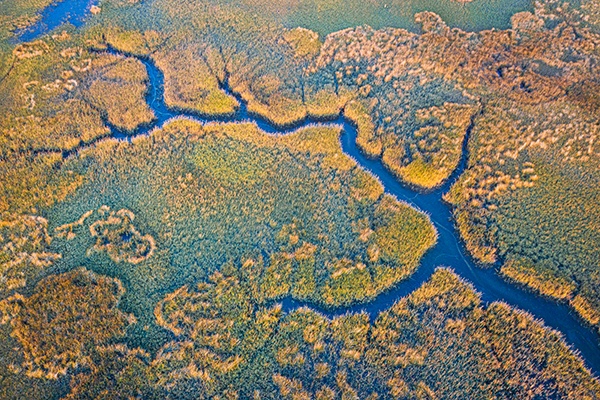
Today, scientists are now discovering that they play a vital role in our environment, transporting sediments and nutrients essential to the survival of our wetland habitats upon which native plants and animals depend. Also, by moderating the salinity of ocean and gulf, brackish waterways offer a warm winter refuge for migratory birds and local wildlife, such as the Florida manatee.
Q: Please share with us your travel experience in Morocco. What are the characteristics of that place that attract you the most in terms of photography?
A: Morocco is one of the most unique countries I have ever visited. It has deserts, mountains, beaches, small villages and big cities, plus a tolerant, vibrant culture and hospitable people. France, Spain, and Portugal have all left their cultural imprint here with French and Arabic being the common languages spoken. Visually, Morocco is a cacophony of color, textures, and patterns that can be seen everywhere you look. The souks and markets are filled with life and opportunities for street photography abound.
Q: Please tell us about your upcoming exhibition — Faces of the Alcazar — at Lightner Museum. Does this project have a special meaning to you?
A: Imagine walking into a room that had not been disturbed in almost 100 years, filled with faded clippings of 1920’s silent film stars pasted to the walls. Who lived here? What were their hopes and dreams? These were the questions I asked myself when first entering the old servants’ quarters of Henry Flagler’s Alcazar Hotel, now known as the Lightner Museum. Staff at resort hotels like the Alcazar included a vast and diverse group of working-class employees: men and women, Black and White, and newly arrived immigrants from Europe all found employment in Florida during the winter tourist season.
I was immediately drawn to these once precious objects, now neglected fragments of the past that had undergone a powerful transformation after being exposed to heat and humidity for nearly a century. For me, they evoke the ephemeral nature of youth, memory, and fame and are a haunting visual record of the dreams and aspirations of the people who served the wealthy visitors wintering in St. Augustine at the dawn of the 20th century.
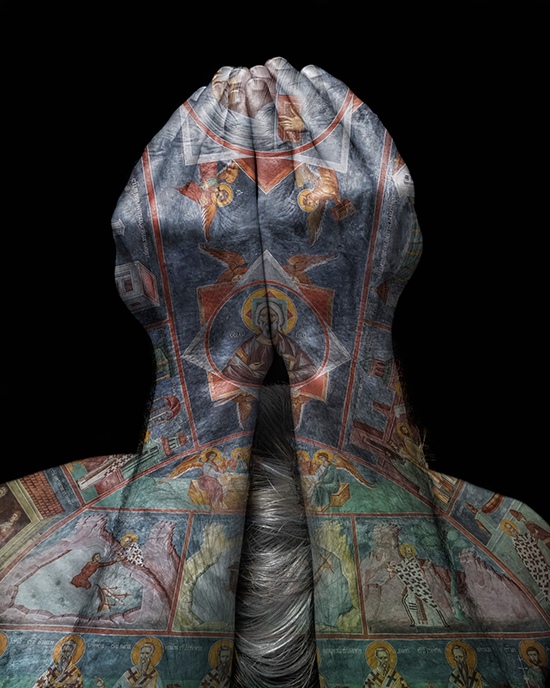
Q: Your “Through the Narrow Gate” has been juried into Dreamscapes and Visions. Please tell us about this self-portrait and the story behind it.
A: Photographers from Man Ray to Robert Mapplethorpe have used their face and body as a medium for artistic expression. Inspired by this historical narrative, I created a series of self-portraits titled Body & Soul, which explore the beliefs and experiences that continue to shape my life. These explorations of nature, religion, politics, and morality are an intimate photographic diary and a visual expression of my deepest inner emotions.
All of the self-portraits in this series are made by combining two separate photographs into a single image. I begin by taking a photograph of my body which becomes the canvas or foundation of the portrait. The second photograph represents the experience and emotion of the portrait, what I call the soul of the image.
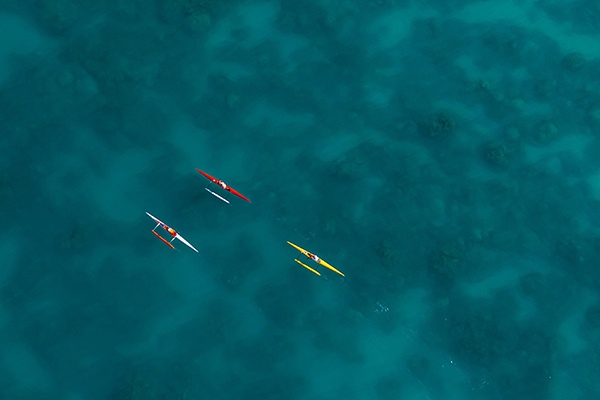
Q: Do you have any advice for aspiring photographers?
A: Experiment often and be willing to make mistakes!



